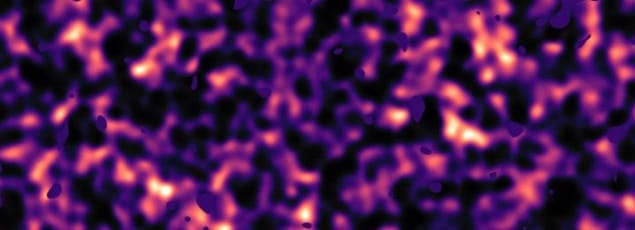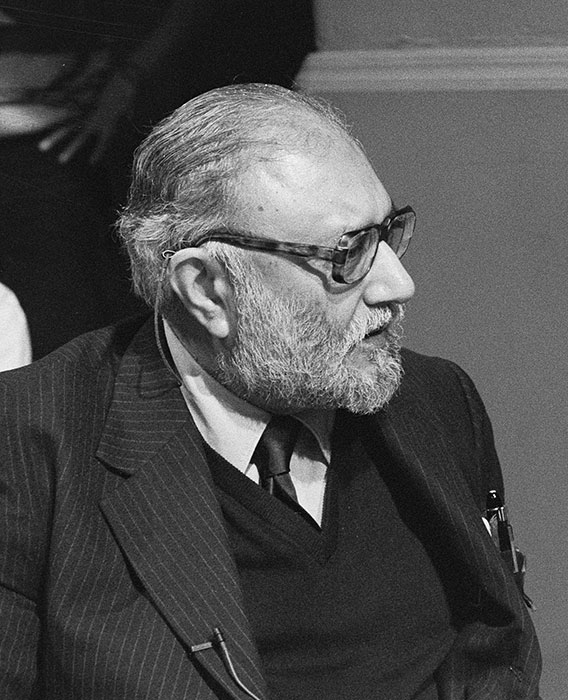Flash Physics is our daily pick of the latest need-to-know developments from the global physics community selected by Physics World‘s team of editors and reporters

Dark-matter distribution is smoother than previously thought
The distribution of dark matter in the universe appears to be smoother and more diffuse than previously thought – according to a study of wide-area images of the distant universe. Astronomers at the University of Edinburgh in the UK, Leiden University in the Netherlands, the Argelander Institute for Astronomy in Germany and the Swinburne University of Technology in Australia used the weak gravitational lensing of light from far-off galaxies to map the distribution of dark matter in intervening parts of the universe. The map is at odds with a prediction of dark-matter distribution that is based on the structure of the early universe based on measurements of the cosmic microwave background made by the Planck satellite. “Our findings will help to refine our theoretical model for how the universe has grown since its inception, improving our understanding of the modern-day universe,” says Hendrik Hildebrandt of the Argelander Institute. Edinburgh’s Catherine Heymans adds: “Unravelling what has happened since the Big Bang is a complex challenge, but by continuing to study the distant skies, we can build a picture of how our modern universe has evolved. The study is described in Monthly Notices of the Royal Astronomical Society.
UK provides £60m to boost industrial physics
The UK’s Engineering and Physical Sciences Research Council (EPSRC) has announced £60m for six new research hubs that aim to transform manufacturing in fields such as composite materials, 3D printing and medicine. The hubs, each receiving £10m, will draw together 17 universities and 200 industrial and academic partners to help turn research into products. The University of Huddersfield will lead a consortium to create a £30m Future Metrology Hub that will be based at the university’s Centre for Precision Technologies and will open next year. “Our vision is to develop new technologies and universal methods that will integrate measurement science with design and production processes to improve control, quality and productivity,” says physicist Jane Jiang, who will lead the Huddersfield hub. “These will become part of the critical infrastructure for a new generation of digital, high-value manufacturing, the so-called 4th industrial revolution, or Industry 4.0.” The other hubs are led by Cardiff University (semiconductors), the universities of Nottingham (composites), Sheffield (advanced powder processes), Strathclyde (advanced crystallisation) and University College London (targeted healthcare).
Pakistan renames physics centre after Abdus Salam

Pakistan will rename a physics research centre in Islamabad after the Nobel laureate Abdus Salam, who died 20 years ago. Born in what is now Pakistan, Salam shared the 1979 Nobel Prize for Physics for his work on unifying the weak and electromagnetic interactions. However, he was never fully celebrated in his native country because he was a member of the Ahmadiyya community. Now, the prime minister Nawaz Sharif has announced that the National Centre for Physics at Quaid-i-Azam University in Islamabad will be called the Professor Abdus Salam Center fo Physics. There will also be five annual fellowships named after Salam, which will be awarded to Pakistani students pursuing PhDs in physics. In addition to his Nobel prize, Salam is remembered for founding the International Centre for Theoretical Physics in Trieste, Italy, in 1964. Now called the Abdus Salam International Centre for Theoretical Physics, the centre fosters the growth of mathematical physics in developing countries.
- You can find all our daily Flash Physics posts in the website’s news section, as well as on Twitter and Facebook using #FlashPhysics.



